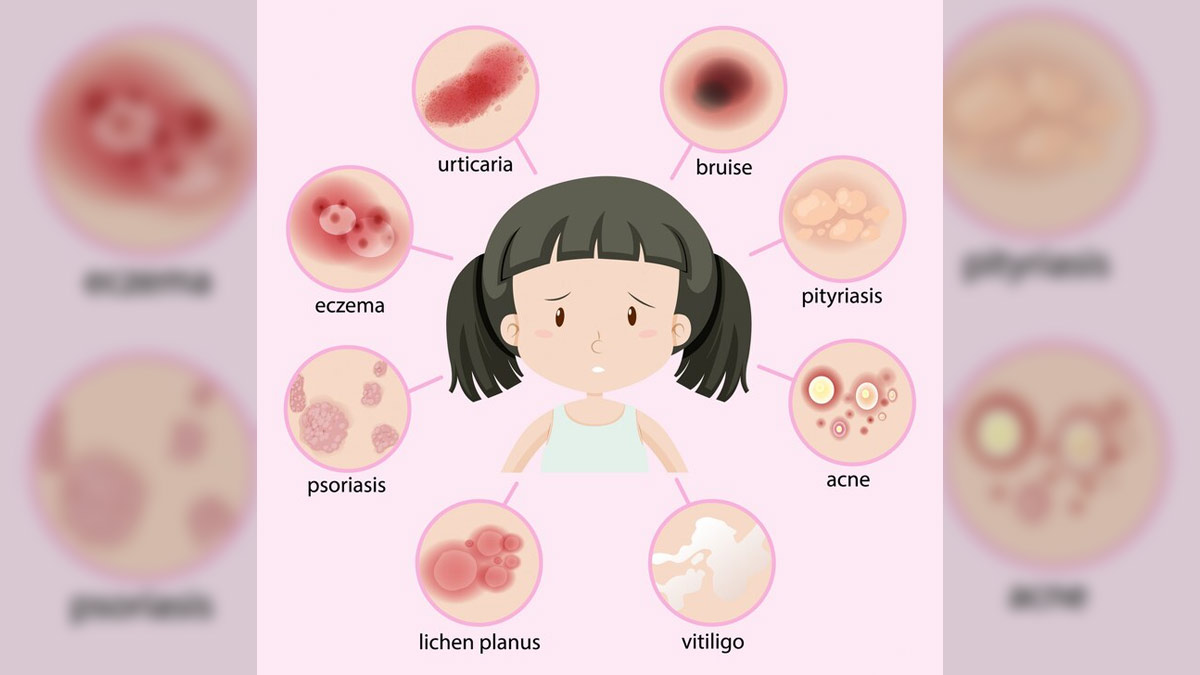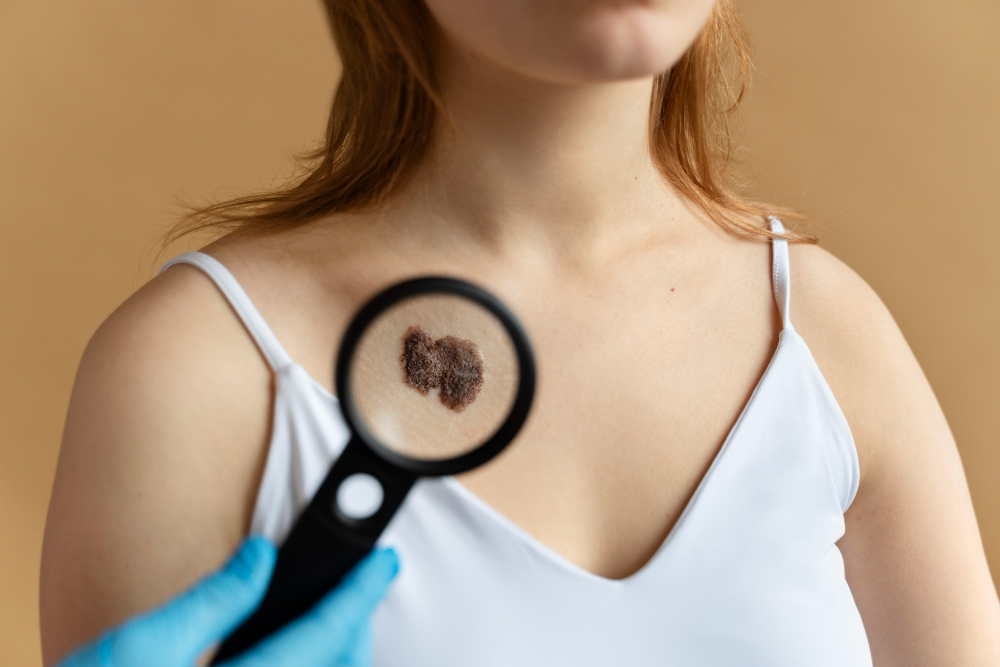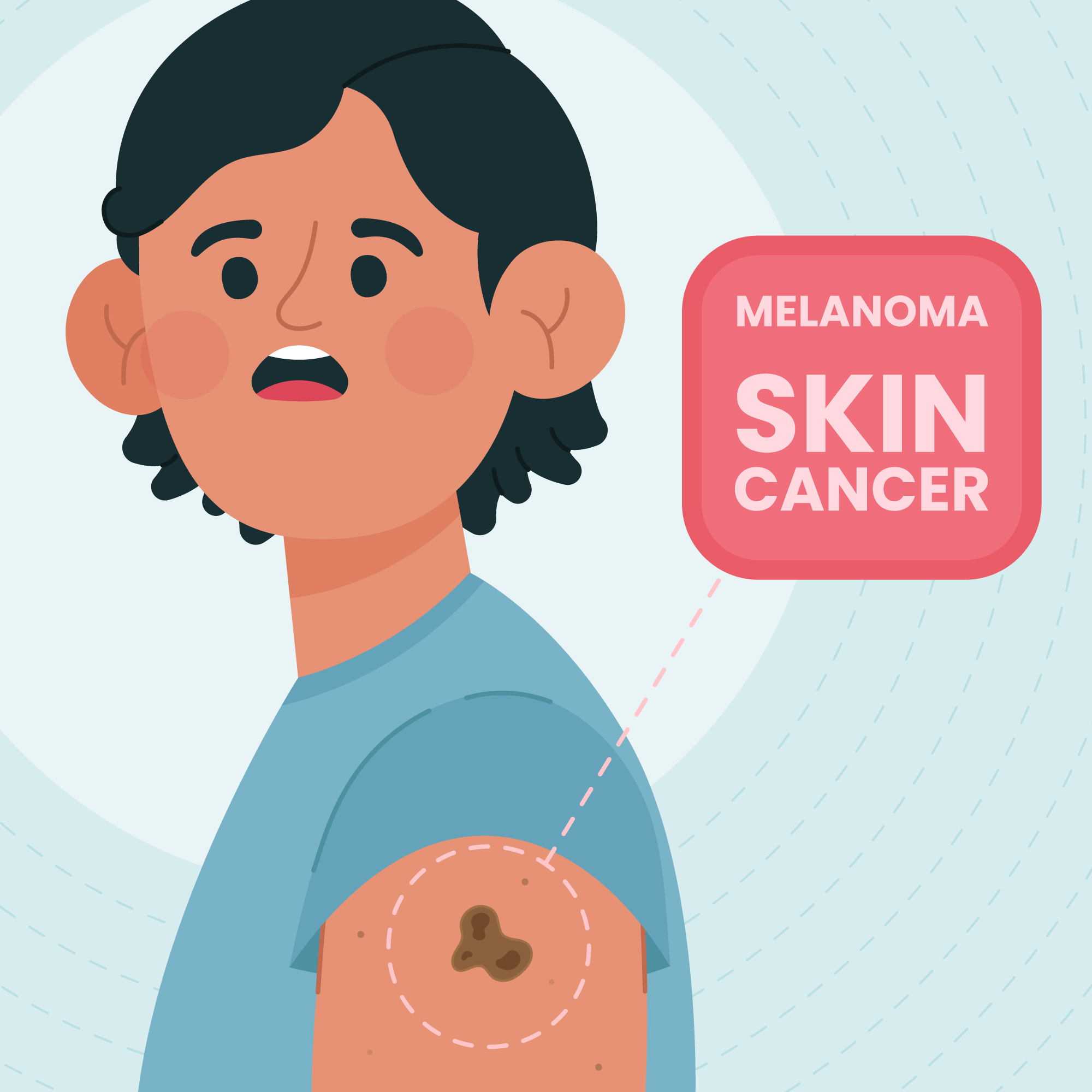
Skin cancer is one of the most common forms of cancer worldwide. With the increasing exposure to various risk factors, the incidence of skin cancer has been rising steadily. We spoke to Dr Raman Narang, Senior Consultant Medical and Hematology-Oncologist, Andromeda Cancer Hospital, Sonipat to learn about the symptoms, treatment and prevention of this disease.
Here are the risk factors for skin cancer:
Prolonged exposure to the sun’s UV rays is the primary cause of skin cancer. UV radiation damages the DNA in skin cells, leading to mutations that can result in cancer. People living closer to the equator or at higher altitudes are exposed to more intense UV radiation.

The use of indoor tanning beds, which emit UV radiation, significantly increases the risk of developing skin cancer, particularly in young adults and teenagers.
Patients who have undergone radiation therapy for other medical conditions are at an increased risk of developing skin cancer in the treated areas.
A family history of skin cancer can increase an individual’s risk. Certain genetic conditions, such as Xeroderma Pigmentosum, also heighten susceptibility.
Individuals with fair skin, light hair, and light eyes are more prone to skin cancer due to lower levels of melanin, which provides some protection against UV radiation.
People with weakened immune systems, including organ transplant recipients and those with HIV/AIDS, are at higher risk.
Here are the symptoms of skin cancer you should watch for:
- Pearly or waxy bump
- Flat, flesh-coloured or brown scar-like lesion
- Bleeding or scabbing sore that heals and returns
- Firm, red nodule
- Flat lesion with a scaly, crusted surface
- Large brownish spot with darker speckles
- Mole that changes in colour, size, or feels, or that bleeds
- Small lesion with an irregular border and portions that appear red, white, blue, or blue-black
Don't Miss: Korean Glass Skin Glow: Revolutionary Or Just A Trend?
Here are the prevention tips you should consider to prevent skin cancer (understanding ovarian cancer):
Apply a broad-spectrum sunscreen with an SPF of at least 30. Reapply every two hours, or more often if swimming or sweating. Also, avoid direct sun exposure between 10 a.m. and 4 pm when UV rays are strongest.

Refrain from using indoor tanning devices, which can significantly increase your risk of skin cancer.
Don't Miss: Decode The Wonders Of DIY Coffee Face Pack With Skincare Expert
Perform regular self-examinations to check for new or changing moles or lesions. Visit a dermatologist annually for a professional skin examination.
Herzindagi.com is Jagran New Media's gender and lifestyle vertical, catering to women of all age groups, helping them remain updated, on-trend and aware. To improve our performance and understand our readers' interests better, we have created this poll. This will take 2 minutes of your time, do help us out with this link.
Image Courtsey: Freepik
Also watch this video
Herzindagi video
Our aim is to provide accurate, safe and expert verified information through our articles and social media handles. The remedies, advice and tips mentioned here are for general information only. Please consult your expert before trying any kind of health, beauty, life hacks or astrology related tips. For any feedback or complaint, contact us at compliant_gro@jagrannewmedia.com.